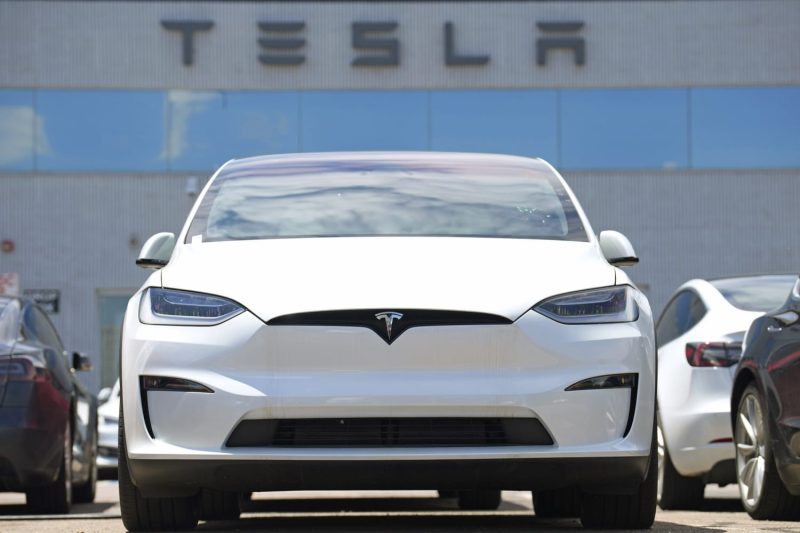In recent times, Elon Musk’s electric vehicle manufacturing company, Tesla, has been the subject of significant attention, both positive and negative. Notably, however, is that Tesla’s recent issue of job cuts which has triggered Wall Street concerns about a potential demand problem for the EV maker’s products.
Tesla set the ground running upon its inception, sweeping the automobile industry off its feet with its cutting-edge electric vehicle technology. For some time, Tesla’s impressive stock market performance was synonymous with its high demand and striking innovation. However, the company’s unexpected job cuts raise the question of whether the demand for its electric vehicles remains as robust as it was.
In January 2019, Tesla made an alarming announcement of a 7% reduction in its full-time workforce, signaling an unsettling phase in the company’s life cycle. This development rattled the financial markets and raised several eyebrows on Wall Street, where the prevalent concern was a potential decline in the global demand for Tesla’s electric vehicles.
More cutbacks occurred in 2020 and beyond, amplifying concerns about Tesla’s financial health and demand situation. Observers suggested these cuts might be an attempt to level costs and maintain profitability. Still, they ignited questions about whether the decision was predominantly demand-driven, which might indicate a more serious underlying issue.
Various financial analysts interpreted these job cuts as a testament to the company’s volatile sustainability. The EV market is known for its high capital intensity, fierce competition, and regulatory pressure. Therefore, any shock wave, such as large-scale job cuts, naturally amplifies concerns, particularly concerning demand and profitability.
Indeed, some analysts grew skeptical of Tesla’s argument that the job cuts aimed to make its vehicles more affordable. If, indeed, Tesla’s demand remained strong, would the company need to make such drastic changes to its operational structure, especially at the potential risk of product quality and brand image?
Proponents of the demand problem theory also point out that Tesla’s sales heavily rely on its Model 3, arguably the company’s most popular vehicle. Some are concerned that when the excitement surrounding the Model 3 eventually peters out, Tesla’s total sales may significantly suffer, unless the company quickly devises an effective countermeasure.
Yet others speculate the job cuts could stem from production issues, rather than demand problems. They suggest that Tesla may require fewer human resources due to incremental improvements in the automation of its manufacturing processes. However, these arguments do not account for the critical role that human talent plays in advancing Tesla’s ambitious technological innovation and maintaining its competitive edge.
Despite these contrasting views, a consensus remains that Tesla’s job cuts have heightened concerns amid investors and analysts. While the company insists that these are strategic moves for enhancing affordability and profitability, skepticism around a potential demand problem prevails.
According to the demand problem theory, Tesla may be facing untapped market saturation for its pricey electric cars, prompting it to reduce prices. However, such price cuts require the company to implement cost-cutting measures, such as laying off a portion of its workforce.
In conclusion, Tesla’s job cuts have undeniably triggered increasing concerns regarding a potential demand problem significantly affecting the electric vehicle manufacturer’s profitability. While acknowledging the possibility of Tesla undergoing a phase of operational adjustment, it is important to remain cautious and interpret these developments as potential warning signs for issues concerning demand and profitability. The global EV market is dynamic and highly competitive; hence, maintaining a watchful eye on Tesla’s strategic decisions would only be in the best interest of investors and industry observers alike.




